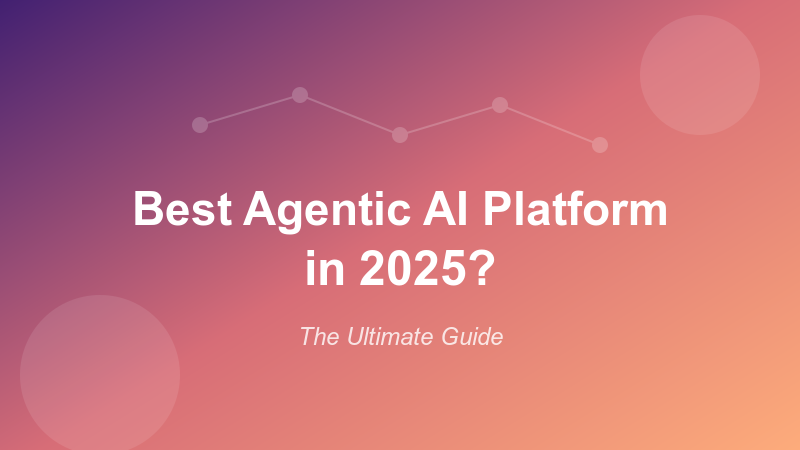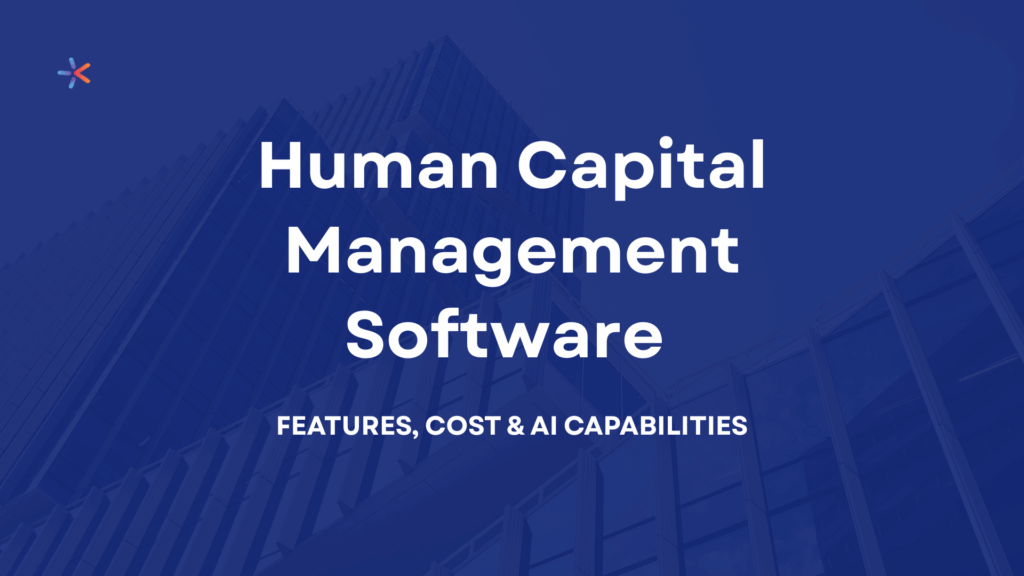Introduction
In an era defined by digital transformation, crime too has evolved. From cyberattacks to sophisticated fraud and data breaches, criminals today are exploiting technology in ways that challenge traditional law enforcement. However, the same technology that empowers cybercriminals is also giving law enforcement new tools to fight back.
Artificial Intelligence (AI) is revolutionizing how crimes are detected, prevented, and solved. The use of AI in crime investigation is helping police departments, cybersecurity units, and legal systems process large data volumes, uncover patterns, and make faster, data-driven decisions.
This blog explores how AI in crime investigation is transforming both cyber and traditional crime-solving methods, and how Codevian Technologies is enabling government agencies to lead this transformation through innovative AI ML development services.
1. The Changing Landscape of Crime Investigation
The rapid digitalization of society has expanded both the opportunities and threats in law enforcement. With the increase in digital footprints, surveillance systems, and data analytics, AI has become an indispensable ally for modern investigation units.
AI in crime investigation allows agencies to automate repetitive tasks, analyze evidence efficiently, and uncover criminal patterns that human investigators might miss. By combining the power of Machine Learning (ML), Natural Language Processing (NLP), and Computer Vision, AI helps law enforcement move from reactive responses to proactive prevention.
Some of the key areas where AI is already transforming investigations include:
Predictive policing: Anticipating crimes before they occur.
Facial recognition and biometrics: Identifying suspects in real time.
Cyber forensics: Analyzing digital traces to track cybercriminals.
Legal data analysis: Reviewing evidence and documents automatically.
2. AI in Cybercrime Investigation
As our world becomes increasingly digital, cybercrimes are growing at an alarming rate. Hacking, phishing, identity theft, and ransomware attacks have become daily threats for individuals, corporations, and governments alike. Traditional security measures often fail to match the speed and sophistication of these attacks. This is where AI in crime investigation steps in as a game-changer for cybersecurity.
a. Threat Detection and Anomaly Analysis
AI systems monitor massive amounts of data in real time, identifying patterns that indicate malicious behavior. Through machine learning, these systems continuously evolve — learning from previous incidents and improving their ability to spot new threats before they escalate.
b. Malware and Ransomware Defense
Modern AI-powered antivirus tools don’t just rely on known signatures. Instead, they detect unusual behavior patterns that suggest malware activity. This proactive defense minimizes system damage and reduces recovery costs for victims.
c. Phishing and Online Fraud Detection
AI algorithms analyze millions of transactions, emails, and web interactions to detect suspicious activities. NLP helps identify fake or deceptive language in messages, enabling quick intervention and protection of sensitive data.
d. Digital Forensics
AI assists forensic experts in reconstructing cyberattacks by tracking logs, timestamps, and digital evidence trails. It can also correlate multiple attack vectors, helping investigators trace the origins of cyberattacks and identify networks of offenders.
Through these innovations, AI in cybercrime investigation is transforming reactive security into predictive intelligence, reducing human error and increasing detection accuracy.
3. AI in Traditional Law Enforcement
Beyond cyberspace, AI in crime investigation is also revolutionizing how physical crimes are solved. Law enforcement agencies around the world are adopting AI-powered systems to enhance efficiency, accuracy, and objectivity.
a. Predictive Policing and Crime Forecasting
Using data from previous crimes, social behavior, and geographic factors, AI tools can predict where crimes are likely to happen. These predictive policing models help allocate police resources strategically, preventing incidents before they occur.
b. Facial Recognition and Surveillance Analytics
AI-powered facial recognition systems analyze live CCTV footage and images to identify suspects, locate missing persons, and monitor public events for potential threats. Combined with ML, these systems improve accuracy over time, even under challenging conditions such as poor lighting or disguise.
c. Forensic Image and Audio Analysis
AI tools enhance low-quality video footage, match fingerprints or DNA samples, and even analyze voice patterns. This technology accelerates the investigative process while reducing dependence on manual examination.
d. Legal and Judicial Assistance
Law enforcement agencies and courts are increasingly using AI to automate evidence review and legal research. NLP models can analyze case histories, summarize legal documents, and predict possible outcomes, thereby expediting justice.
In essence, AI in crime investigation not only improves efficiency but also helps eliminate biases by relying on data-driven insights rather than assumptions.
4. Real-World Examples of AI in Crime Investigation
AI-driven crime investigation tools are already producing measurable results worldwide.
United States: The FBI and local police departments employ AI-based facial recognition and predictive analytics to solve crimes faster.
India: Several state police forces are testing predictive policing models and smart surveillance systems to identify potential hotspots.
Europe: Cybercrime agencies use AI to track cryptocurrency fraud, phishing scams, and digital black markets.
Singapore and Japan: Governments are leveraging AI-based traffic and surveillance analytics to prevent crimes in public spaces.
These applications demonstrate that the era of AI in crime investigation is already here — enabling smarter, faster, and more transparent law enforcement practices.
5. Challenges in Implementing AI for Law and Cyber Investigations
Despite its potential, the use of AI in crime investigation comes with significant challenges:
Data Privacy and Ethics: Balancing surveillance with citizens’ right to privacy remains a major concern.
Bias in Algorithms: AI systems can reproduce biases present in training data, leading to unfair profiling.
Lack of Technical Expertise: Many agencies lack the infrastructure and talent needed to manage advanced AI tools.
Regulatory Barriers: Laws governing digital evidence and AI ethics are still evolving.
To overcome these hurdles, law enforcement needs experienced technology partners who can build secure, transparent, and scalable AI systems that comply with global data governance standards.
6. How Codevian Technologies Empowers Government Agencies with AI/ML Solutions
At the forefront of this transformation is Codevian Technologies, a leader in AI and ML development services that enable government and law enforcement agencies to harness the full potential of artificial intelligence.
Codevian develops advanced AI solutions that address real-world challenges in both cyber and physical investigations:
🔹 Predictive Policing Platforms: AI-driven models that analyze historical data to predict crime-prone areas.
🔹 Cyber Intelligence Systems: Machine learning algorithms that detect and prevent digital threats in real time.
🔹 Facial Recognition and Video Analytics: Smart vision systems for tracking suspects and enhancing public safety.
🔹 Data Visualization Dashboards: Interactive tools that simplify complex data analysis for quick decision-making.
🔹 NLP-based Legal Tools: Automating evidence management, case summarization, and document review for faster legal processes.
What sets Codevian apart is its commitment to ethical AI. Every solution is designed with transparency, fairness, and data security in mind, ensuring that technology serves justice without compromising privacy.
By partnering with Codevian Technologies, government agencies can modernize investigation processes, enhance cybersecurity, and build smarter, more responsive law enforcement systems capable of tackling the next generation of crime.
7. The Future of AI in Crime Investigation
The evolution of AI in crime investigation is just beginning. In the coming years, we can expect integration with advanced technologies like blockchain, quantum computing, and autonomous drones to create a seamless ecosystem of intelligent crime prevention.
Imagine AI systems that can detect crimes in real time, predict criminal intent using behavioral data, and coordinate responses across multiple jurisdictions — all within seconds. The combination of human expertise and machine intelligence will redefine the boundaries of justice and security.
Governments that embrace this transformation today will lead tomorrow’s digital policing era — and with Codevian’s AI/ML development expertise, that future is already within reach.
Conclusion
The fusion of AI in crime investigation is reshaping how we understand and enforce law in the modern world. Whether combating cyberattacks or decoding complex criminal networks, AI offers speed, accuracy, and foresight that traditional methods can’t match.
As challenges around cybercrime and public safety grow, government agencies must adopt AI-driven intelligence to stay ahead. Through advanced AI and ML solutions, Codevian Technologies empowers these agencies to protect citizens, prevent crime, and uphold justice in the digital age.
The future of policing is not just digital — it’s intelligent. And with the right partners, that future begins today.
FAQ - AI In Crime Investigation
How does Codevian Technologies support government agencies in AI-based investigations?
Codevian Technologies provides end-to-end AI/ML development services to government and law enforcement agencies. From predictive analytics and cybersecurity systems to forensic tools and data dashboards, Codevian helps build intelligent, secure, and scalable solutions tailored for digital crime prevention..
What technologies power AI in crime investigation?
Key technologies include Machine Learning (ML), Natural Language Processing (NLP), Computer Vision, Predictive Analytics, and Data Mining. These technologies enable real-time analysis of massive datasets, helping investigators uncover hidden connections and patterns.
Are there challenges in implementing AI for crime investigation?
Yes, implementing AI in crime investigation comes with challenges such as data privacy concerns, potential algorithmic bias, ethical issues, and the need for skilled professionals. However, with proper governance and ethical AI frameworks, these risks can be minimized.








